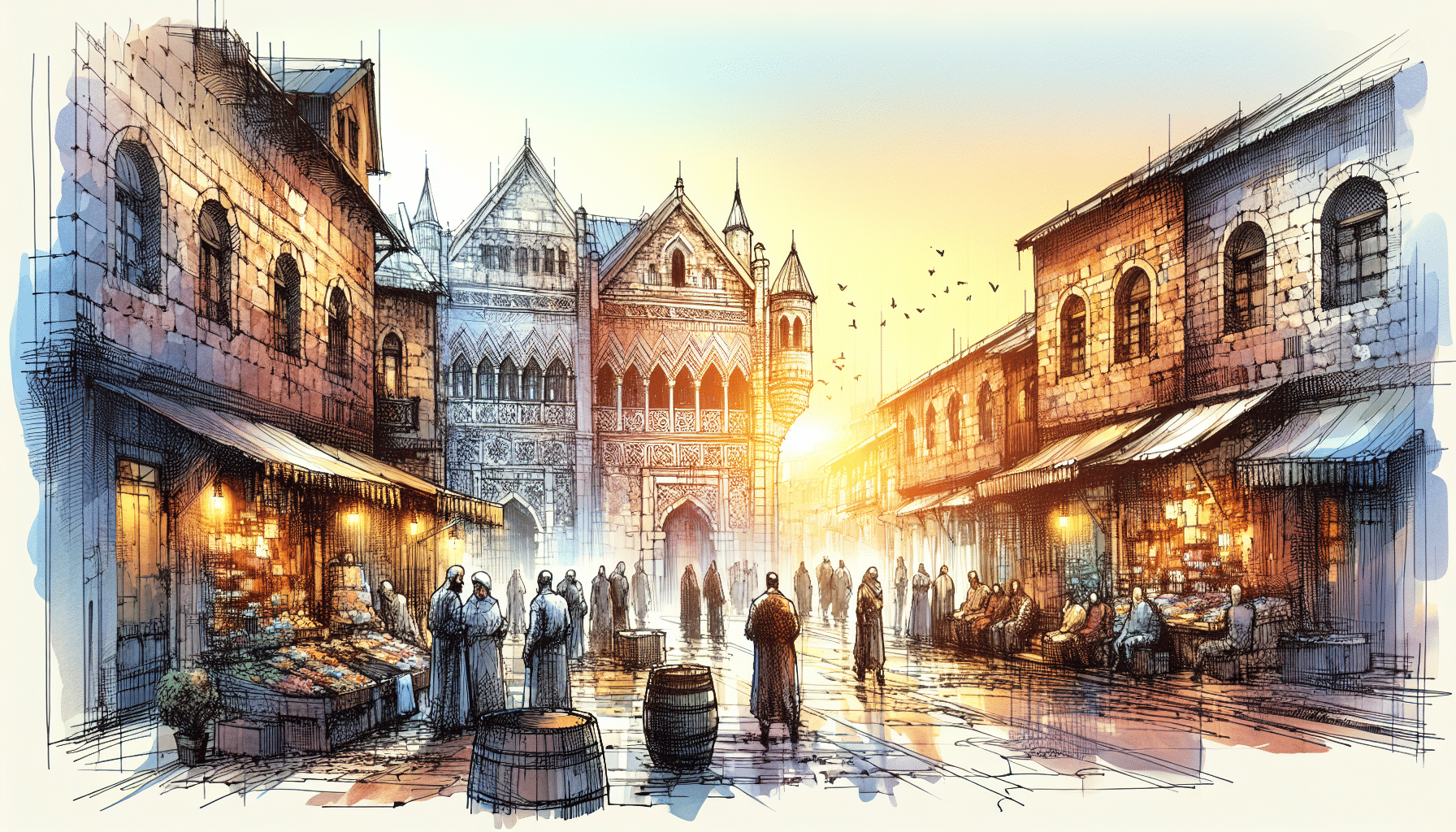Millennial Inheritance: The Great Stuff Transfer & Its Impact on the Real Estate and Construction Industries
As the clock ticks towards the year-end of 2024, a unique phenomenon is shaping up across households in North America. It’s not about money, but rather the transfer of physical possessions from older generations to millennials. However, this is not your typical inheritance story.
Older generations, who spent their lives accumulating furnishings, china, and even tiny sombreros they bought on vacation in Mexico, are now passing these items down to the millennials, whether they want these items or not.
So, what does this mean for the real estate and construction industries? And how does it affect millennials’ approach to home construction and interior design? Let’s take a closer look.
Changing Home Aesthetics and Construction Preferences
As millennials become homeowners, they are often conflicted between embracing inherited possessions and expressing their distinct aesthetic tastes. While some opt to integrate vintage pieces into modern spaces, others decide to set aside sentimentality for functional and minimalist design.
This shift is influencing the demand for prefabricated metal buildings Alberta, for instance. These structures, offered by companies like Your Building Team, provide a blank canvas that allows homeowners to personalize their spaces without being weighed down by inherited items.
The Rise of Storage Solutions
The influx of inherited items is also driving up demand for innovative storage solutions in home construction. Builders are incorporating clever storage ideas into their designs to help homeowners manage their newfound wealth of possessions.
The Intersection of Inheritance and Real Estate
Interestingly, this trend also has implications on the real estate market. Properties that can accommodate or cleverly disguise large volumes of possessions are becoming more appealing to millennial buyers.
Meanwhile, the sheer volume of inherited items is leading millennials to consider larger properties. For some, this means looking beyond urban centers to suburban or rural locales where larger homes are more affordable.
Boosting the Secondhand Market
As millennials grapple with what to do with all of the stuff, it’s causing a surge in the secondhand market. Garage sales, online resale platforms, and vintage shops are becoming increasingly popular outlets for millennials offloading unwanted items. This, in turn, is having a knock-on effect on retail spending and influencing the wider economy.
Conclusion: An Inherited Future
The cumulative effect of this great stuff transfer is a unique intersection of personal inheritance with the real estate and construction industries. As millennials navigate their way through this sea of stuff, they’re reshaping housing trends, driving innovation in home construction, and reviving the secondhand market.
The question remains: as we move into 2025, how will this trend continue to shape our homes and cities? Will we see a continued demand for larger homes, or will there be a shift towards innovative storage solutions and minimalist design?
As North America continues to grapple with these shifts, one thing’s for sure: the inheritance of stuff is about much more than just stuff. It’s about tradition, sentimentality, and the very way we live our lives.
Do you have thoughts on this? How have inherited items influenced your home design or real estate choices? Share your experiences in the comments below!










